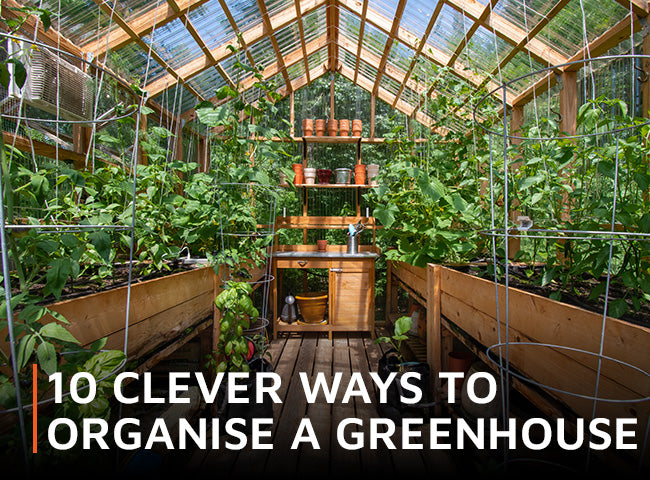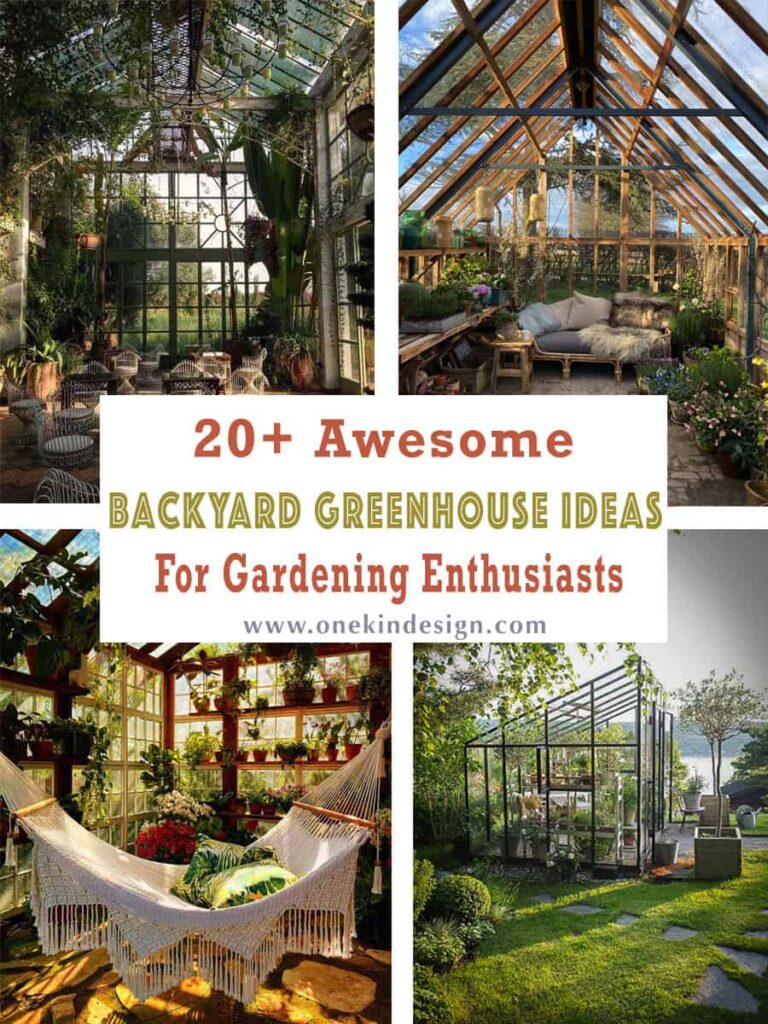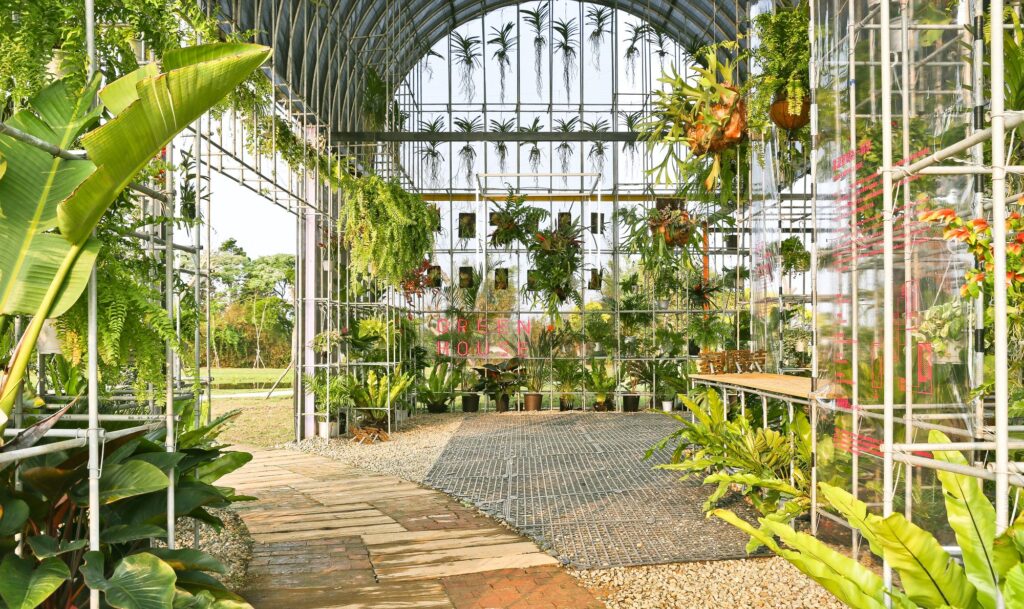
Are you looking to create a beautiful and unique greenhouse for your plants? Look no further! In this article, you will discover ten creative greenhouse design ideas that will not only enhance the aesthetics of your garden, but also provide the perfect environment for your plants to thrive. From using repurposed materials to incorporating innovative technology, these design ideas are sure to inspire you to create a greenhouse that is both functional and visually pleasing. Get ready to transform your garden into a green sanctuary with these creative greenhouse designs!
1. Vertical gardening
Vertical gardening is a fantastic way to maximize your growing space and create a beautiful, lush oasis in even the smallest of areas. There are several methods you can employ to create a vertical garden that is both functional and aesthetically pleasing.
1.1 Pallet walls for vertical gardening
One creative and cost-effective approach to vertical gardening is to use pallet walls. These sturdy wooden pallets can be easily transformed into vertical planters by attaching pots or planters to the slats. Simply secure the pallet to a wall or fence, fill the pots with soil, and plant your favorite herbs, flowers, or vegetables. Not only does this method save space, but it also adds a charming rustic touch to your garden.
1.2 Hanging planters
Another popular option for vertical gardening is hanging planters. These can be easily hung from a porch ceiling, garden trellis, or pergola, creating a stunning display of cascading foliage. From vibrant flowers to trailing vines, there is a wide variety of plants that thrive in hanging planters. Plus, they add a touch of whimsy and greenery to any outdoor space.
1.3 Trellises and climbing plants
Trellises are an excellent way to incorporate vertical gardening into your garden. By installing a trellis or a series of trellises, you can encourage climbing plants to grow upwards, creating a lush green wall. Popular climbing plants include morning glories, sweet peas, and cucumbers. Not only do trellises add beauty to your garden, but they also provide shade and privacy.
2. Container gardening
Container gardening is a versatile and accessible option for those who may not have access to a large garden or yard. It allows you to cultivate plants in pots or other containers, making it perfect for balconies, patios, or even window sills.

This image is property of www.waltons.co.uk.
2.1 Repurposed containers
When it comes to container gardening, the possibilities are endless. You can repurpose various items such as old buckets, wooden crates, or even tires to create unique planters. Not only is this an eco-friendly option, but it also adds a touch of creativity to your garden. Just make sure to provide proper drainage for your plants.
2.2 Container stacking
If limited space is a concern, consider container stacking. This method involves placing containers on top of one another, utilizing vertical space and maximizing the number of plants you can grow. Stackable containers are designed to allow water to flow through the entire system, ensuring that each plant receives the necessary nutrients.
2.3 Container irrigation systems
To make container gardening even more efficient, consider incorporating an irrigation system. This can be as simple as installing a drip irrigation system or utilizing self-watering containers. These systems will help ensure that your plants receive the right amount of water without waste, making it easier to maintain a healthy garden.
3. Modular greenhouse
A modular greenhouse offers flexibility and adaptability, allowing you to customize and expand your greenhouse as needed. This type of greenhouse is made up of interchangeable panels and adjustable shelving systems.

This image is property of cdn.onekindesign.com.
3.1 Interchangeable panels
One of the key features of a modular greenhouse is the interchangeable panels. These panels can be easily removed, allowing for better ventilation during warmer months or easy access for cleaning and maintenance. Additionally, if you need to expand your greenhouse in the future, you can simply add more panels to accommodate growing plant collections.
3.2 Adjustable shelving
The adjustable shelving in a modular greenhouse provides a customizable space for your plants. You can easily raise or lower the shelves to accommodate plants of varying heights. This is especially beneficial when you have plants with different lighting requirements or when you want to maximize the space for growing a wide variety of plants.
3.3 Expandable structure
As your gardening needs evolve, a modular greenhouse can grow with you. The expandable structure of a modular greenhouse allows for additions or modifications as required. Whether you need more space for plants or want to create separate growing zones, this flexibility ensures that your greenhouse can adapt to your changing needs over time.
4. Hydroponics
Hydroponics is a soil-less gardening method that relies on a nutrient-rich water solution to grow plants. This innovative technique offers numerous advantages, including faster growth rates, higher yields, and minimal water usage.

This image is property of s3media.angieslist.com.
4.1 Vertical hydroponic towers
Vertical hydroponic towers are an efficient way to grow a large quantity of plants in a small space. These towers consist of stacked trays or tubes that hold the plants. The nutrient-rich water solution is circulated through the system, providing the necessary nutrients directly to the plants’ roots. Vertical hydroponic towers are ideal for small gardens or urban environments where space is limited.
4.2 NFT hydroponic systems
NFT (Nutrient Film Technique) hydroponic systems are another popular method for growing plants hydroponically. In an NFT system, a thin film of nutrient-rich water continuously flows over the roots of the plants, providing them with a constant supply of water and nutrients. This method is highly efficient, as it minimizes water usage while delivering optimal nutrition to the plants.
4.3 Aquaponics integration
Aquaponics is a unique combination of hydroponics and aquaculture (fish farming). In an aquaponics system, the waste produced by the fish becomes a nutrient source for the plants, and the plants naturally filter the water for the fish. This mutually beneficial relationship creates a sustainable and closed-loop ecosystem. Integrating aquaponics into your greenhouse allows you to grow both fresh produce and fish, creating a self-sustaining system.
5. Greenhouse with integrated rainwater collection
Water is a valuable resource, especially in arid regions or during droughts. Integrating rainwater collection systems into your greenhouse can help you conserve water while nurturing your plants.

This image is property of hips.hearstapps.com.
5.1 Roof catchment
One way to collect rainwater in your greenhouse is through roof catchment systems. These systems involve strategically placing gutters and downspouts along the roof of your greenhouse to collect rainwater runoff. The water is then directed into storage tanks for later use in watering your plants. This eco-friendly solution helps reduce your reliance on municipal water sources and conserves water.
5.2 Water storage tanks
To store the collected rainwater, it’s essential to have water storage tanks. These tanks can be located inside or outside the greenhouse, and they come in various sizes to accommodate your specific needs. Make sure to choose tanks made of a food-grade material that won’t leach harmful chemicals into the water. Proper maintenance and filtration systems should also be in place to ensure water quality.
5.3 Irrigation systems
To distribute the collected rainwater efficiently, you’ll need a reliable irrigation system. This can be as simple as using gravity-fed drip irrigation or installing an automated irrigation system. Automation allows you to control the watering schedule and easily adjust it based on the specific needs of your plants. With a well-designed irrigation system, you can ensure that your plants receive the optimal amount of water while reducing waste.
6. Solar-powered greenhouse
Harnessing renewable energy sources can significantly enhance the sustainability of your greenhouse operation. A solar-powered greenhouse utilizes solar panels to generate electricity for various greenhouse functions.

This image is property of www.arch2o.com.
6.1 Photovoltaic solar panels
Photovoltaic solar panels, commonly known as solar panels, convert sunlight into electricity. By installing solar panels on the roof of your greenhouse or in a nearby sunny location, you can generate clean, renewable energy to power lighting, ventilation systems, and other electrical equipment in your greenhouse. This reduces your reliance on traditional energy sources and decreases greenhouse gas emissions.
6.2 Solar water heating
Solar water heating systems utilize the sun’s energy to warm the water used in your greenhouse. These systems consist of solar collectors that heat the water and storage tanks to hold the heated water until it is needed. By using solar energy to heat the water for irrigation or maintaining optimal growing conditions, you can reduce energy consumption and operating costs.
6.3 Solar-powered ventilation systems
Proper ventilation is crucial for maintaining optimal temperature and humidity levels in a greenhouse. Solar-powered ventilation systems use solar energy to power fans or vents, ensuring a continuous flow of fresh air. By utilizing the sun’s energy, you can promote air circulation while minimizing energy consumption. This not only creates a healthier environment for your plants but also reduces the need for conventional energy sources.
7. Greenhouse with automation technology
Automation technology can revolutionize the way you manage your greenhouse, making it more efficient and easier to maintain. From monitoring temperature and humidity to controlling ventilation and irrigation, automation systems streamline the daily tasks involved in greenhouse gardening.
7.1 Temperature and humidity sensors
Temperature and humidity sensors are essential components of an automated greenhouse system. These sensors constantly monitor the environmental conditions inside your greenhouse and provide real-time data. Based on the sensor readings, the automation system can automatically adjust temperature, humidity levels, and even open or close vents. This ensures that your plants thrive in optimal conditions without the need for constant manual adjustments.
7.2 Automated ventilation
Maintaining proper airflow and ventilation is crucial for a healthy greenhouse environment. Automated ventilation systems use various mechanisms such as fans, louvers, or motorized vents to regulate air circulation. Integrated with temperature and humidity sensors, these systems can automatically adjust the ventilation openings to ensure a stable and favorable growing environment for your plants.
7.3 Smart irrigation systems
Watering your plants at the right time and with the correct amount of water is vital for their growth. Smart irrigation systems utilize sensors, timers, and moisture-level monitoring to deliver precise and efficient irrigation. These systems can be set to water your plants at specific intervals or based on soil moisture levels, optimizing water usage and preventing over or under-watering. Smart irrigation also reduces the time and effort required for manual watering.
8. Rooftop greenhouse
For urban dwellers or those with limited ground space, a rooftop greenhouse offers a fantastic opportunity to grow plants while utilizing existing structures.
8.1 Lightweight greenhouse structures
Rooftop greenhouses require lightweight structures to minimize the load on the building’s roof. Materials such as polycarbonate panels and lightweight metals are often used to construct the greenhouse frame. These materials provide durability and insulation while keeping the overall weight of the structure manageable.
8.2 Roof insulation
Since rooftop greenhouses are exposed to more extreme temperature variations compared to ground-level greenhouses, proper roof insulation is crucial. Insulation materials with high thermal resistance, such as foam panels or reflective coatings, help regulate the temperature inside the greenhouse. This insulation ensures your plants are protected from excessive heat or cold, creating a more stable growing environment.
8.3 Wind protection
Depending on the location and height of your rooftop greenhouse, wind can be a significant factor affecting plant health. To protect your plants from strong winds, consider installing windbreaks or wind barriers around the greenhouse perimeter. These can be hedges, fencing, or constructed barriers that deflect or slow down the wind, reducing the risk of damage to your plants.
9. Geodesic dome greenhouse
Geodesic dome greenhouses are known for their unique shape and structural integrity. These domes offer several benefits, making them a popular choice for greenhouse gardening.
9.1 Efficient use of space
The spherical shape of a geodesic dome greenhouse allows for efficient use of space. The curved walls provide a larger surface area compared to traditional flat walls, maximizing the available growing area. This means you can cultivate more plants within the same footprint, making geodesic dome greenhouses ideal for those looking to maximize their yield.
9.2 Strong and durable structure
Geodesic dome structures are incredibly strong and durable. The triangular framework evenly distributes the weight across the entire structure, making it more resistant to wind, snow, and other extreme weather conditions. The dome shape also eliminates the need for interior support beams, providing unobstructed growing space.
9.3 Excellent airflow and temperature distribution
The spherical shape of a geodesic dome greenhouse promotes excellent airflow and temperature distribution. The curved walls create a natural convection current, ensuring that fresh air circulates throughout the entire space. This eliminates hot or cold spots and helps maintain a stable and consistent climate for your plants.
10. Greenhouse with renewable energy systems
Combining a greenhouse with renewable energy systems offers a truly sustainable approach to gardening. By harnessing natural energy sources, you can reduce your carbon footprint and create an eco-friendly growing environment.
10.1 Wind turbines
Wind turbines can be installed near your greenhouse to generate electricity from wind energy. These turbines convert the kinetic energy of the wind into electrical power, which can be used to run various greenhouse functions. By utilizing wind power, you can further reduce your greenhouse’s reliance on traditional power sources while utilizing a clean and renewable energy source.
10.2 Biomass heating
Biomass heating systems utilize organic materials such as wood pellets or agricultural waste to generate heat. These materials are burned to produce hot air or hot water that can be used for greenhouse heating purposes. Biomass heating systems are carbon-neutral since the organic materials used are part of the natural carbon cycle. This renewable energy source helps reduce greenhouse gas emissions and promotes a more sustainable approach to heating your greenhouse.
10.3 Geothermal systems
Geothermal systems take advantage of the stable temperature below the Earth’s surface to regulate the temperature in your greenhouse. These systems use underground pipes filled with a heat transfer fluid to absorb heat from the ground during cold months and remove excess heat during hot months. By harnessing the constant temperature of the Earth, geothermal systems provide an energy-efficient method of heating and cooling your greenhouse.
In conclusion, there are numerous creative greenhouse design ideas that can transform your gardening experience. Whether you choose to implement vertical gardening, container gardening, modular greenhouses, hydroponics, rainwater collection, solar power, automation technology, rooftop structures, geodesic domes, or renewable energy systems, each approach brings unique advantages and opportunities. By considering these innovative design ideas, you can create a sustainable and thriving greenhouse that meets your specific needs and allows you to enjoy the beauty and bounty of nature all year round.

